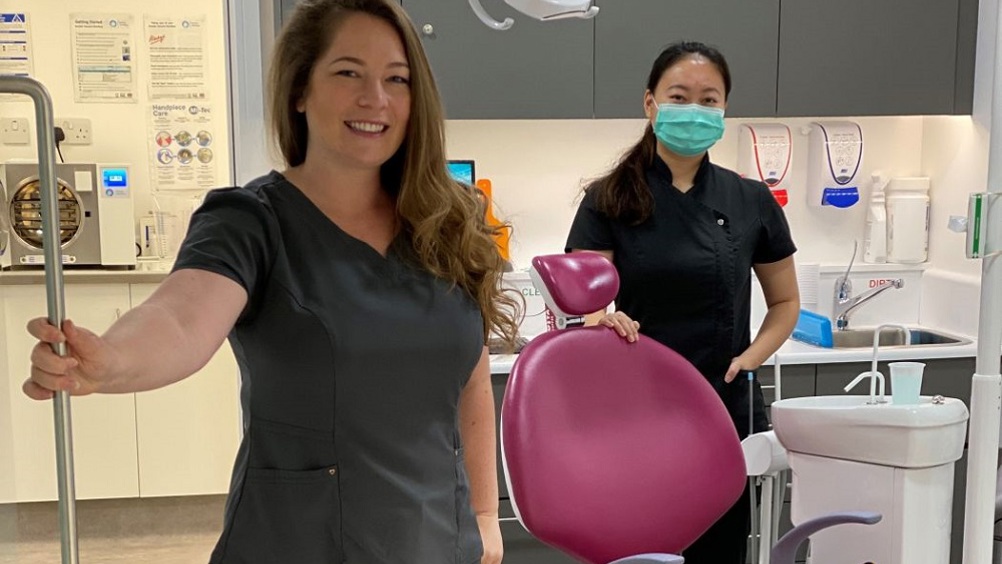Introducing dental therapy

Catherine Edney discusses the benefits offered to the practice.
Catherine Edney discusses the benefits offered to the practice.
More and more dental practices are turning to dental therapists to support their service provision. Dental therapists are becoming more vocal about utilising their full skill set and dental teams are beginning to appreciate the opportunities that working with dental therapists can present.
The way dental therapists integrate into practice is very much dependent on the practice setup.
With dental therapists still unable to register for an NHS performer number, NHS-only practices will not be able to benefit from the 2013 direct access mandate. However, when set up with well-considered protocols, therapists working within these NHS practices will benefit from close working relationships with their referring dentists and a wealth of varied work and support. The practice will in turn benefit from better turnover rates, with dentists being freed up to concentrate on providing exams and band three work.
In a private setting, the opportunity for dental therapy integration is more flexible and varied than ever before. Therapists can work with their practices to decide what kind of treatments they wish to provide and how this provision will work within the team. Therapists and their practices need to decide between them what services will be offered. It is important to remember that a dental therapist can choose to limit their practice to certain treatments, however if working under direct access they must first perform a comprehensive exam and diagnoses within their scope.
Register now to continue reading
WHAT’S INCLUDED
-
Unlimited access to the latest news, articles and video content
-
Monthly email newsletter
-
Podcasts and members benefits, coming soon!

